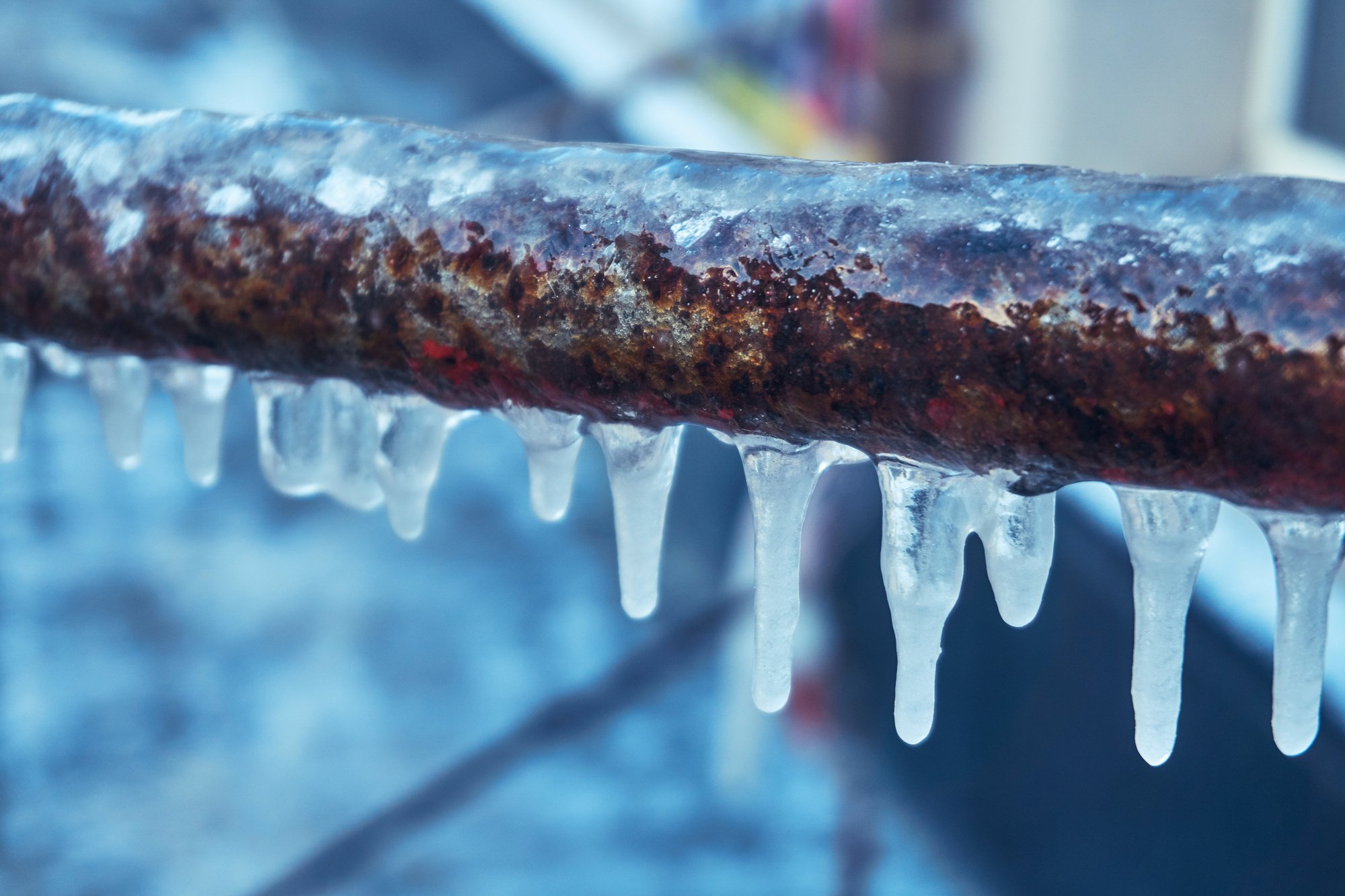Protecting Pipes from Freezing Issues: Key Tips
Protecting Pipes from Freezing Issues: Key Tips
Blog Article
Are you hunting for facts on How To Avoid Freezing Pipes?

Cold weather can wreak havoc on your pipes, specifically by freezing pipes. Right here's just how to prevent it from taking place and what to do if it does.
Introduction
As temperature levels decrease, the threat of frozen pipelines increases, possibly leading to costly repair work and water damages. Understanding exactly how to stop icy pipes is critical for house owners in cold environments.
Avoidance Tips
Protecting at risk pipelines
Cover pipes in insulation sleeves or make use of warmth tape to shield them from freezing temperatures. Focus on pipes in unheated or outside locations of the home.
Heating techniques
Keep indoor areas properly heated up, especially areas with plumbing. Open closet doors to permit cozy air to flow around pipes under sinks.
How to recognize frozen pipelines
Seek lowered water flow from taps, unusual smells or sounds from pipelines, and visible frost on revealed pipes.
Long-Term Solutions
Structural changes
Consider rerouting pipes away from outside wall surfaces or unheated locations. Include extra insulation to attics, basements, and crawl spaces.
Upgrading insulation
Purchase high-quality insulation for pipes, attics, and walls. Proper insulation helps maintain consistent temperature levels and lowers the threat of icy pipelines.
Securing Outside Plumbing
Yard tubes and outdoor faucets
Disconnect and drain pipes yard hoses before wintertime. Set up frost-proof spigots or cover outside faucets with protected caps.
Comprehending Frozen Pipes
What causes pipes to ice up?
Pipelines freeze when revealed to temperature levels below 32 ° F (0 ° C) for extended durations. As water inside the pipelines freezes, it increases, taxing the pipe wall surfaces and possibly causing them to break.
Dangers and damages
Icy pipes can lead to water supply disruptions, residential or commercial property damages, and pricey fixings. Burst pipes can flood homes and trigger considerable structural damage.
Indicators of Frozen Water Lines
Recognizing icy pipes early can stop them from bursting.
What to Do If Your Pipes Freeze
Immediate activities to take
If you suspect icy pipelines, keep taps open to soothe stress as the ice thaws. Use a hairdryer or towels taken in warm water to thaw pipelines slowly.
Verdict
Avoiding frozen pipes needs aggressive measures and fast responses. By recognizing the reasons, indicators, and safety nets, house owners can secure their pipes during cold weather.
5 Ways to Prevent Frozen Pipes
Drain Outdoor Faucets and Disconnect Hoses
First, close the shut-off valve that controls the flow of water in the pipe to your outdoor faucet. Then, head outside to disconnect and drain your hose and open the outdoor faucet to allow the water to completely drain out of the line. Turn off the faucet when done. Finally, head back to the shut-off valve and drain the remaining water inside the pipe into a bucket or container. Additionally, if you have a home irrigation system, you should consider hiring an expert to clear the system of water each year.
Insulate Pipes
One of the best and most cost-effective methods for preventing frozen water pipes is to wrap your pipes with insulation. This is especially important for areas in your home that aren’t exposed to heat, such as an attic. We suggest using foam sleeves, which can typically be found at your local hardware store.
Keep Heat Running at 65
Your pipes are located inside your walls, and the temperature there is much colder than the rest of the house. To prevent your pipes from freezing, The Insurance Information Institute suggests that you keep your home heated to at least 65 degrees, even when traveling. You may want to invest in smart devices that can keep an eye on the temperature in your home while you’re away.
Leave Water Dripping
Moving water — even a small trickle — can prevent ice from forming inside your pipes. When freezing temps are imminent, start a drip of water from all faucets that serve exposed pipes. Leaving a few faucets running will also help relieve pressure inside the pipes and help prevent a rupture if the water inside freezes.
Open Cupboard Doors
Warm your kitchen and bathroom pipes by opening cupboards and vanities. You should also leave your interior doors ajar to help warm air circulate evenly throughout your home.

As a keen reader about Winter Plumbing Precautions: Preventing Frozen Pipes, I was thinking sharing that editorial was worthwhile. Loved our review? Please share it. Help another person find it. Thank-you for taking the time to read it.
Services Report this page